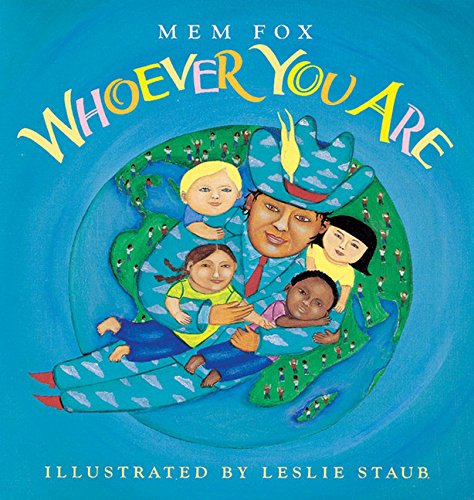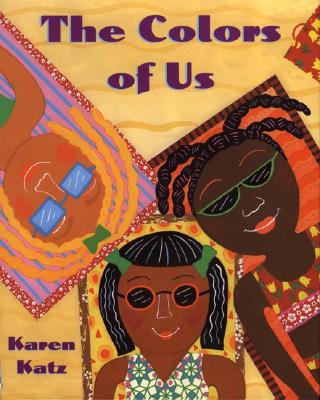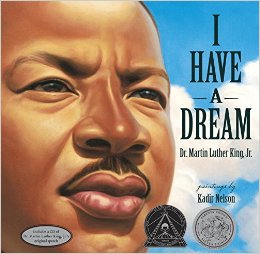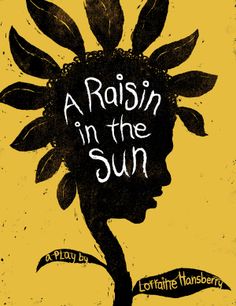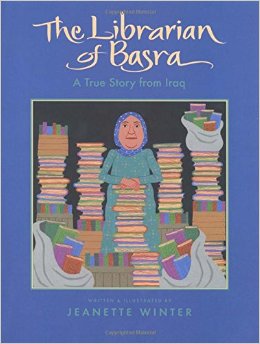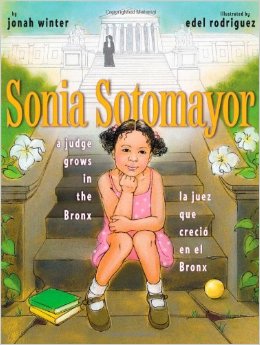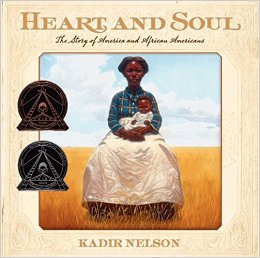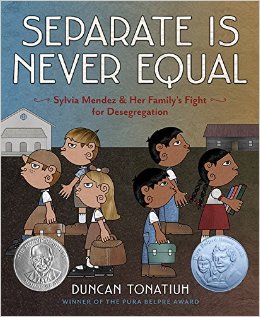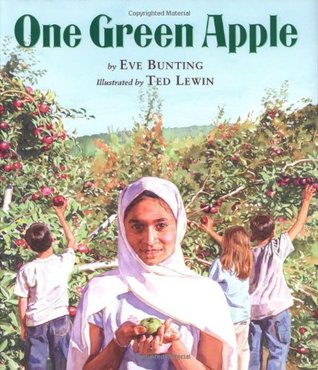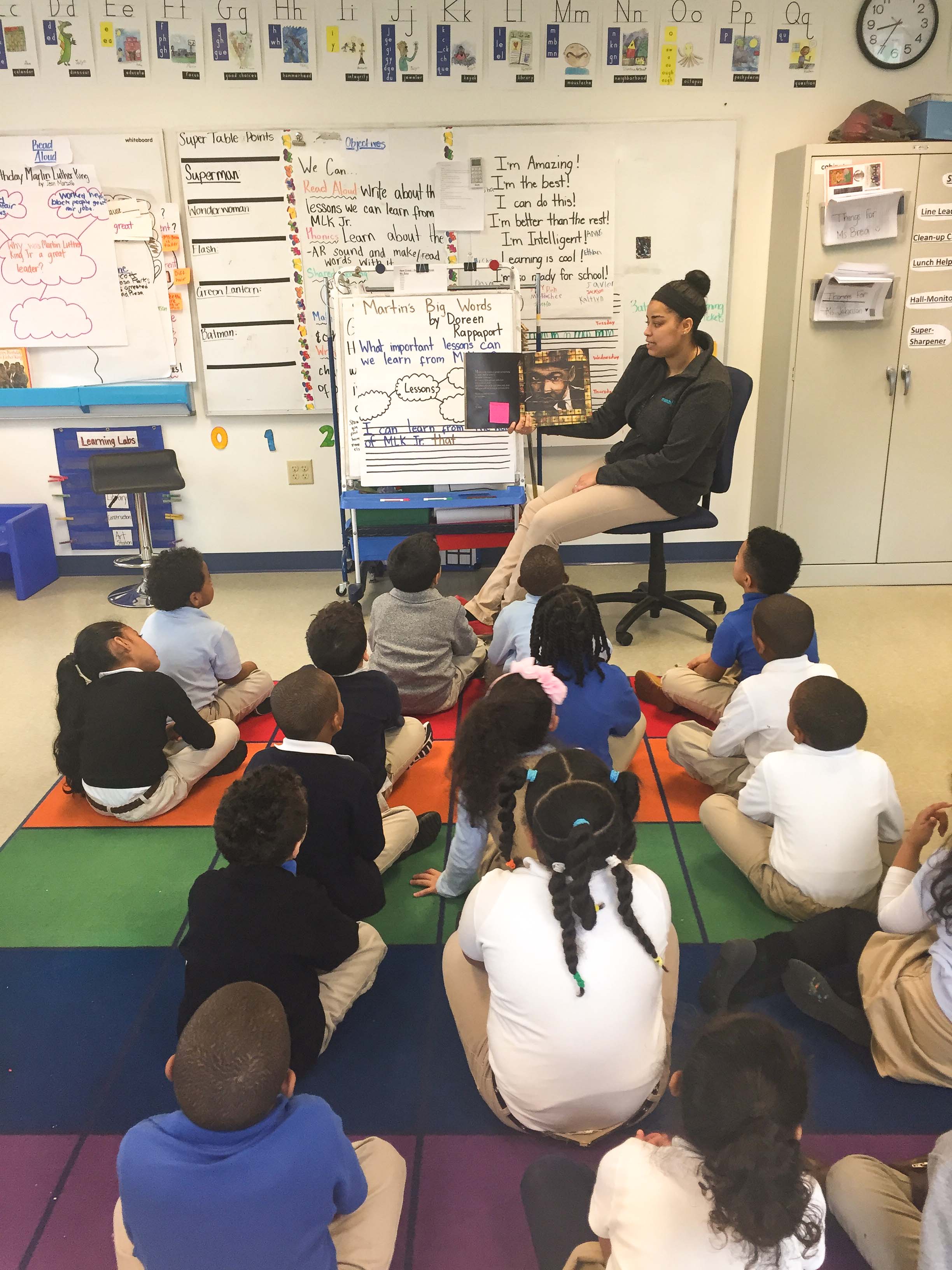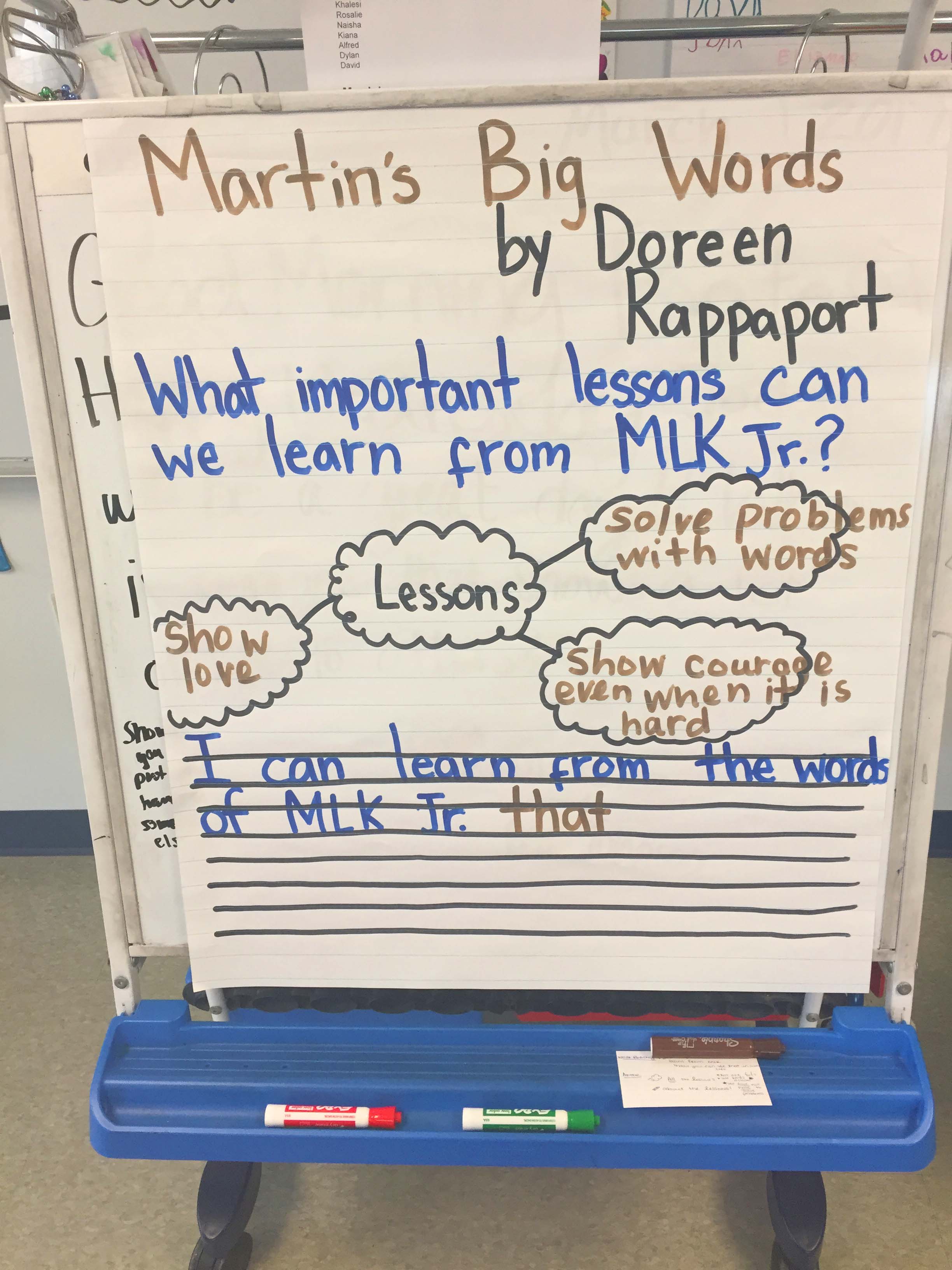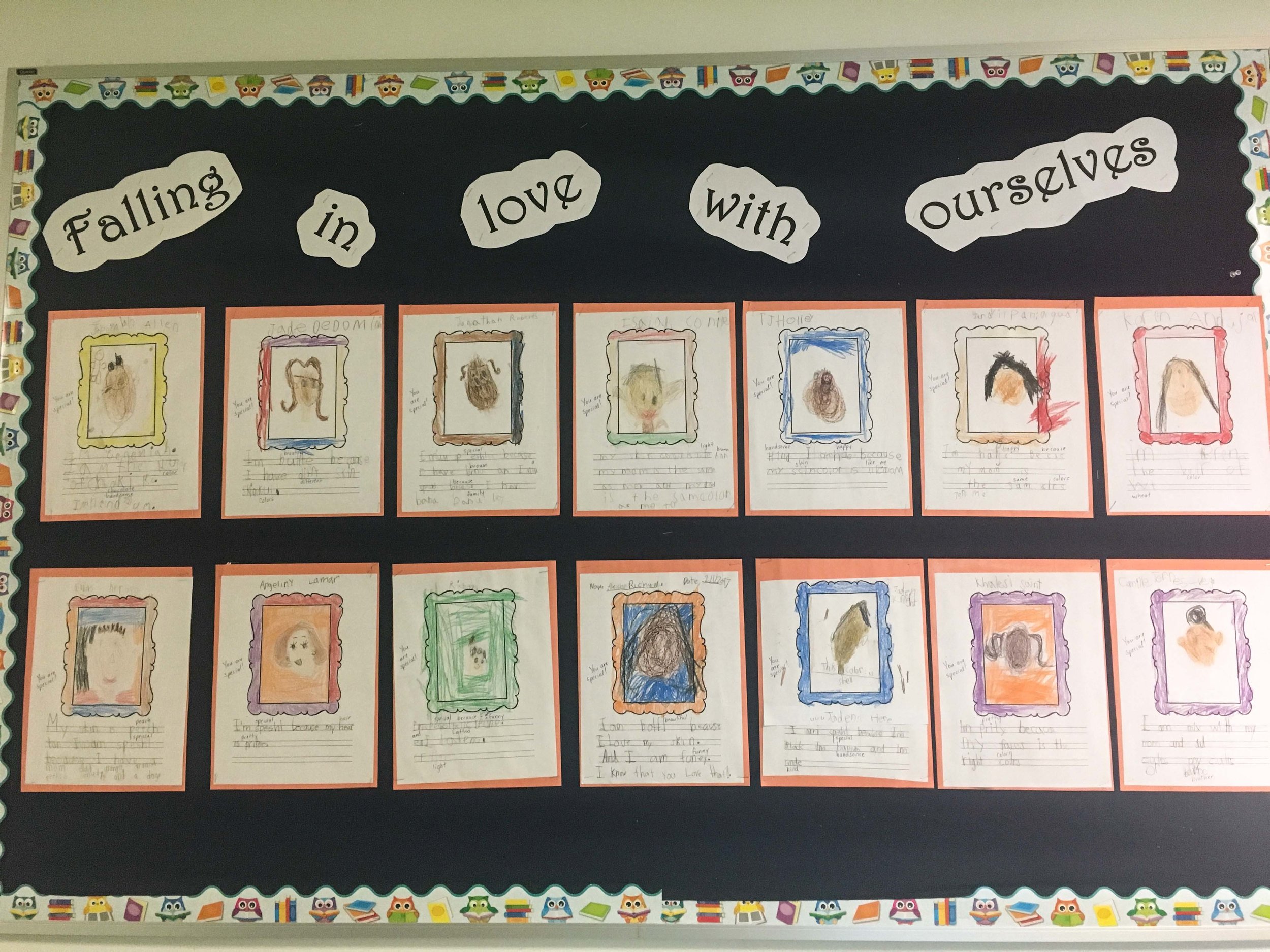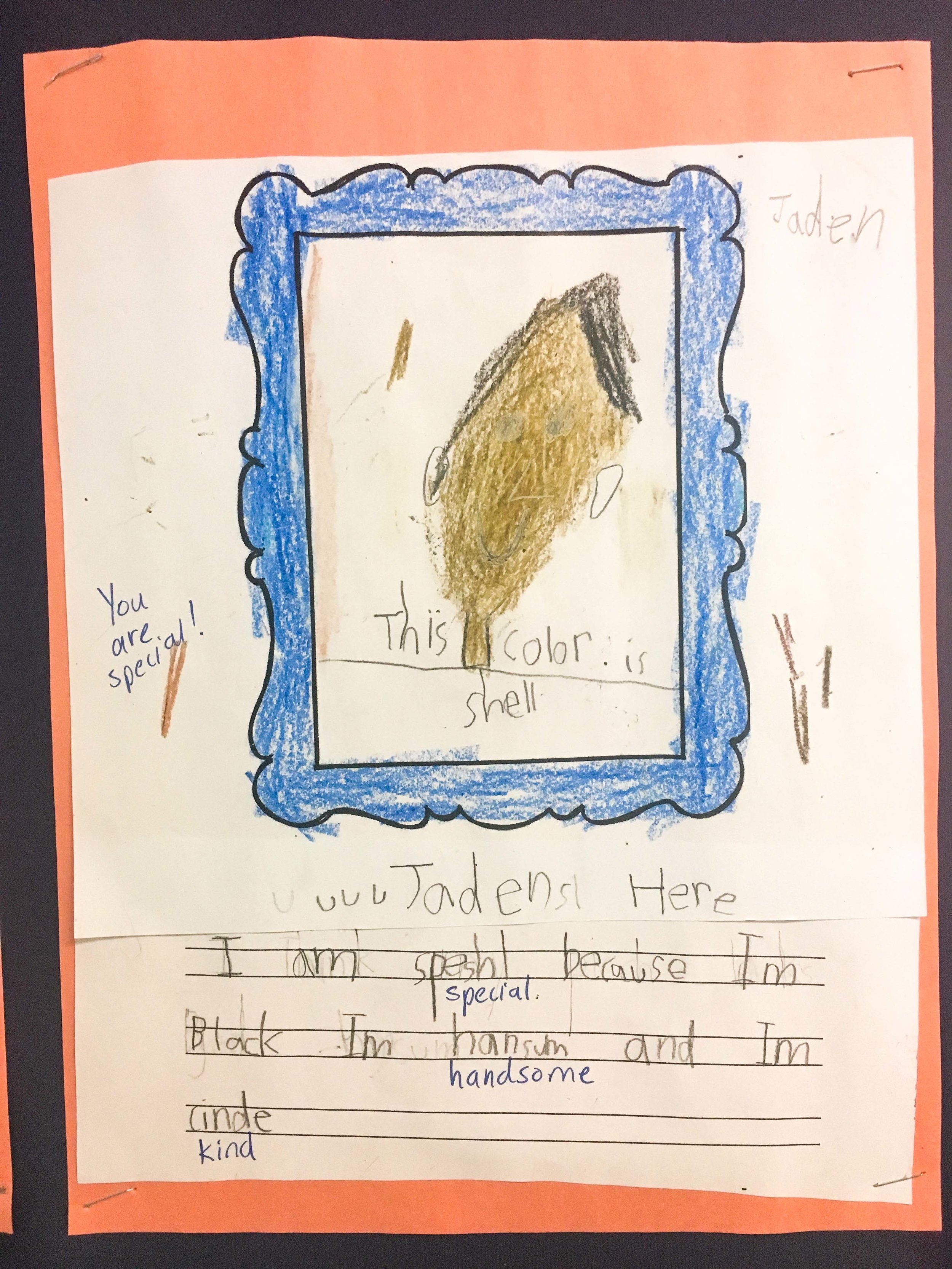During remote learning, we have prioritized people as our primary consideration, centering relationship building and creating ongoing connections between staff, students, and families. From the daily morning messages our teachers are sending out (see these great examples from G1, G3 , G10) to weekly phone calls to students and families to daily virtual hangouts, we have found numerous creative ways to build and maintain community. Thank you for centering our students and families during this time and making sure to maintain your connections with each other—I’m looking at all the staff who have played a rousing game of heads-up on an advisory call or pictionary in a team meeting.
While none of these structures are able to truly replicate the in-person experiences that are at the heart of our school, we have seen huge success in the amount of outreach to our students and families. It is a testament to the tenacity of our teachers, leaders, counselors, operations staff, deans, aides, paras, and tutors that we have consistently reached our students and their families in the last seven weeks. Daily morning messages, phone calls and texts home, virtual hangouts, and community building events serve as a way to prioritize our people and make sure no one feels isolated. Families shared in the survey we sent last week that their students are accessing these consistently, and they appreciate your communication. As the adage goes, no one cares how much you know until they know how much you care. Check out all these teachers showing their care with online videos:
We also have worked hard during this remote learning period to put people first by carefully considering the right volume of and methods for work. Both our students and our staff are working in a wide variety of conditions and contexts, many with younger children at home who need time and attention. We have attempted to adjust our work days, responsibilities, and tasks to provide more flexibility in terms of time and volume. While this is a work in progress, we have tried to scale our remote learning to provide more space and opportunities to fit a variety of home situations. Our staff also have provided great support to students in managing their schedules, calendars, tasks, and emails remotely (see this G7 example), many for the first time. Similarly we have modeled learning to work from home by sharing our new work spaces (see Pedro’s) and our own struggles, which have created more empathetic connections by acknowledging the adjustments we are all making. These efforts both consider our people and create paths to the amazing assignments that our teachers are developing.
When we return to school, it will be important to capitalize on the success of our video communications (like this amazing K1 example) and our robust student and family phone call program (SHOUT OUT G4 for your engagement levels). Even during regular school operations these points of personal connection and school-to-home unity could have tremendous benefits. Similarly, exploring the use of videos (like this G8 example) and online events (like this G12 example) as a way to communicate with students and families could potentially be useful during regular operations. We also can learn a lot about adjusting the pace and volume of work to ebb and flow with our changing context as health conditions evolve.
Thank you for keeping our people front of mind as we engage in remote learning. Using these tools and lessons moving forward can make attendance at events more accessible, preview or review of content more possible, and provide better supports for homework and school work. And they will keep our community vibrant and connected. I can’t wait to be back in person and apply these amazing efforts to our work moving forward.
Emily Stainer, Chief Academic Officer



